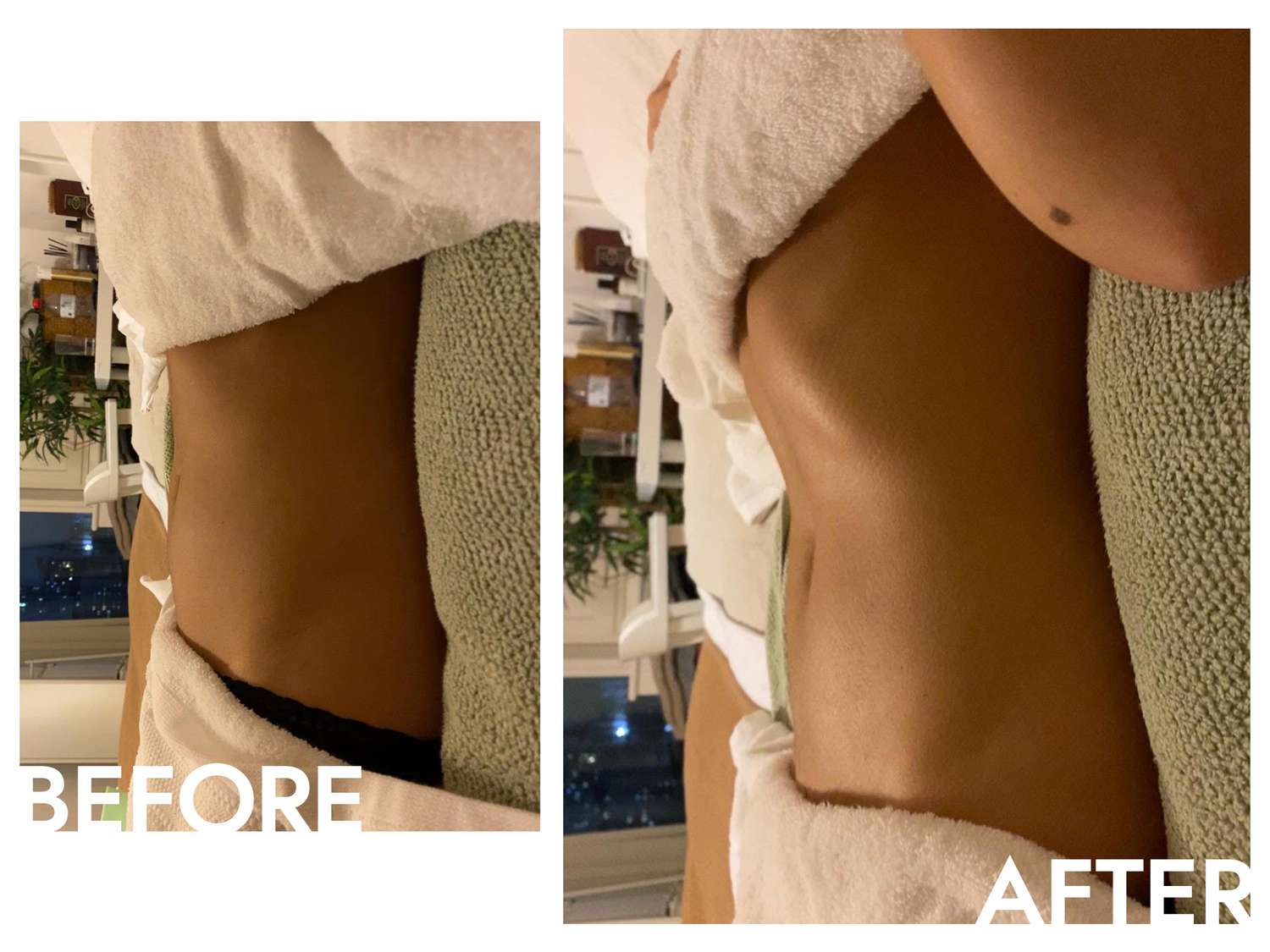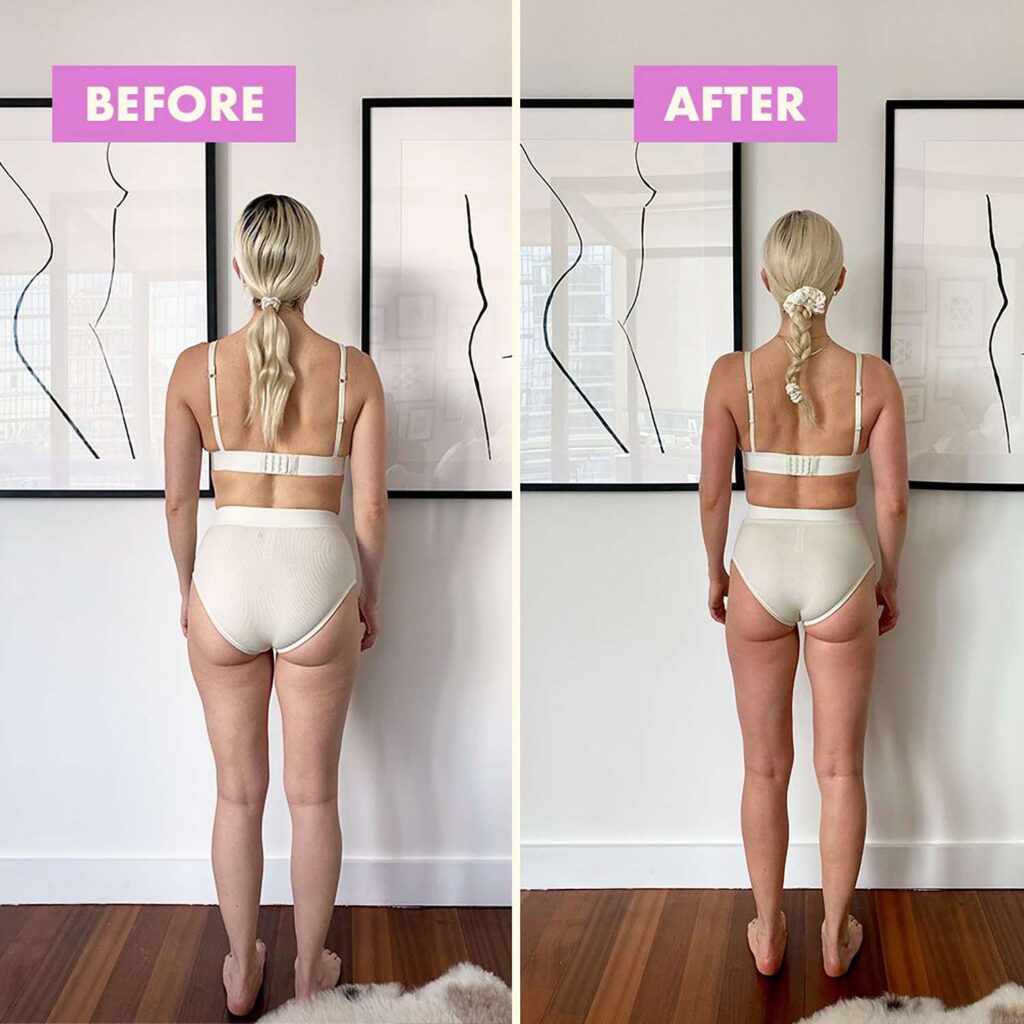Picture yourself lying on a comfortable massage table, feeling the gentle pressure of skilled hands gliding across your body. As you relax into the soothing ambiance of the spa, you may not realize the incredible benefits that await you during a lymphatic massage. This rejuvenating therapy targets your lymphatic system, a vital part of your immune system, to enhance detoxification, reduce inflammation, and boost overall well-being. In just one session, you can experience improved circulation, increased energy levels, and even enhanced immune function. Discover the amazing benefits that a lymphatic massage can bring to your body and mind, and unlock a renewed sense of health and vitality.
Improved Lymphatic System Function

Enhanced lymph flow
A lymphatic massage can significantly enhance the flow of lymph in your body. The lymphatic system is responsible for carrying waste, toxins, and cellular debris away from your tissues and toward the lymph nodes for elimination. However, if this system becomes sluggish or overloaded, it can lead to a buildup of toxins, which can impact your overall health and well-being. By receiving a lymphatic massage, you can stimulate the movement of lymphatic fluid, ensuring a more efficient removal of waste products from your body.
Removal of waste and toxins
As mentioned earlier, one of the key benefits of a lymphatic massage is its ability to aid in the removal of waste and toxins. When waste products and toxins accumulate in your body, it can have a detrimental effect on your health. By stimulating the lymphatic system through massage, you can facilitate the proper elimination of these harmful substances, leading to improved overall health and functioning.
Boosted immune system
An enhanced lymphatic system plays a vital role in boosting your immune system. Lymphocytes, which are white blood cells responsible for fighting off infections and diseases, are essential components of the lymphatic system. By improving lymph flow and ensuring the proper functioning of this system, a lymphatic massage can help strengthen your immune response. This, in turn, can make you less susceptible to illnesses and may even contribute to a faster recovery if you do fall ill. Overall, a healthier immune system means a healthier you.
Reduced Inflammation and Swelling
Effective edema treatment
If you suffer from edema, a condition characterized by the buildup of excess fluid in the body’s tissues, a lymphatic massage can provide effective treatment. By stimulating the lymphatic system, the massage helps to drain the excess fluid, reducing swelling and inflammation in the affected areas. This can lead to improved mobility and provide relief from the discomfort associated with edema.
Alleviation of post-surgery swelling
After undergoing surgery, it is not uncommon for the affected area to experience swelling and inflammation. This post-surgery swelling can hinder the healing process and cause discomfort. However, a lymphatic massage can help alleviate these symptoms. By encouraging lymph flow, the massage facilitates the removal of excess fluid and accelerates the healing process. It can also help to break up scar tissue formation, leading to improved mobility and reduced pain.
Relief from sinus congestion
If you suffer from chronic sinus congestion, a lymphatic massage can offer relief. Sinus congestion occurs when the sinuses become inflamed and filled with excess fluid. By stimulating lymph flow, a lymphatic massage can help to reduce this congestion, relieving pressure and promoting sinus drainage. This can provide immediate relief from the discomfort and pain associated with sinus congestion, allowing you to breathe more freely and comfortably.
Relief from Chronic Fatigue Syndrome

Increased energy levels
Chronic Fatigue Syndrome (CFS) is a debilitating condition characterized by persistent fatigue that is not relieved by rest. If you suffer from CFS, a lymphatic massage can help boost your energy levels. By improving lymph flow and removing waste products from your body, the massage promotes better circulation and oxygenation of your tissues. This, in turn, can alleviate feelings of exhaustion and enhance your overall vitality.
Improved sleep quality
Many individuals with Chronic Fatigue Syndrome also struggle with disrupted sleep patterns. However, a lymphatic massage can aid in improving sleep quality. As the massage promotes relaxation and stress reduction, it can help to calm the mind and prepare the body for a restful night’s sleep. By addressing underlying factors that may contribute to sleep disturbances, a lymphatic massage can assist in establishing a healthier sleep routine, allowing you to wake up feeling more refreshed and rejuvenated.
Reduced pain and discomfort
Chronic Fatigue Syndrome often accompanies persistent muscle and joint pain, as well as other physical discomforts. Through its ability to reduce inflammation and boost circulation, a lymphatic massage can help to alleviate these symptoms. By reducing pain and discomfort, the massage can improve your overall quality of life, allowing you to engage in daily activities with increased comfort and ease.
Enhanced Detoxification
Elimination of cellular waste
Our bodies accumulate cellular waste products as a natural byproduct of metabolic processes. If not efficiently removed, this buildup can lead to fatigue, sluggishness, and overall decreased well-being. A lymphatic massage can aid in the elimination of cellular waste by stimulating lymph flow. By clearing out this waste, the massage helps to optimize cellular function and promotes a healthier internal environment.
Improved skin health
The skin is our largest organ and plays a vital role in detoxification. By promoting lymph flow, a lymphatic massage can enhance the elimination of toxins through the skin. This can lead to improved skin health, helping to combat issues such as acne, blemishes, and dullness. Additionally, the increased circulation and oxygenation resulting from the massage can contribute to a glowing complexion and a more youthful appearance.
Flushed out toxins from the body
In our modern world, our bodies are constantly exposed to various toxins from environmental factors, such as pollution and chemicals in our food and products. A lymphatic massage can help flush out these toxins, preventing them from accumulating in our organs and tissues. By aiding in the removal of toxins, the massage supports our body’s natural detoxification processes, promoting optimal health and well-being.
Weight Loss and Cellulite Reduction
Improved metabolism
A sluggish lymphatic system can impair your body’s ability to metabolize and eliminate fat cells. By stimulating lymph flow, a lymphatic massage can enhance your metabolism, making it more efficient at breaking down fats and aiding in weight loss efforts. Additionally, the massage can help prevent the formation of new fat cells by promoting the elimination of waste and toxins that can contribute to their development.
Decreased fluid retention
Fluid retention can contribute to bloating and weight gain. A lymphatic massage can help reduce fluid retention by stimulating the lymphatic system and promoting the elimination of excess fluid from tissues. This can lead to a slimmer appearance and a decrease in body weight. By reducing fluid retention, the massage can provide immediate relief from bloating and discomfort.
Diminished appearance of cellulite
Cellulite is a common concern for many individuals, especially women. A lymphatic massage can help reduce the appearance of cellulite by improving circulation and lymph flow. The massage helps to break down the connective tissues that contribute to the dimpled appearance of cellulite, while also promoting the flushing out of toxins and waste products that may further exacerbate its appearance. With regular sessions, the massage can lead to smoother, firmer skin and a reduction in cellulite.
Continue reading…







